Just like modern-day Egyptian villages, ancient Egyptian houses were made of mudbrick and logs, where logs were used as pillars to hold up the roof. Although they had a pretty unassuming exterior, the houses could be decorated very lavishly depending on the socio-economic class.
Large homes or villas belonging to those in the wealthier strata of society had many rooms. The walls were often plastered and painted with intricate patterns and vivid colors. You would also find the walls and ceilings covered with vibrant, colorful textiles. Sometimes they were also decorated with delicate reliefs and frescoes.
For the rich, their homes were often painted with lime and water. The most common colors used for painting were blue and yellow. Other colors included red, black, green, brown, and white. Each color had its own symbolic significance. For example, dark blue signifies the Nile, while yellow symbolized the sun and the sand. White meant purity; green meant life and revival.
All homes followed a standard layout, with a reception area in the front of the home and private rooms for eating and sleeping at the back. Most homes had small, humble kitchen yards with a simple grindstone and an oven made out of clay. The most spacious room was the living room, where the family would gather for meals or other activities. In this room, you may find a shrine dedicated to the household gods or sculptures honoring ancestors. This area commonly had a raised ceiling held up by wooden log columns. The columns used to support the ceilings were made in the form of stems with a papyrus flower cap. In villas, there were narrow holes from the ceiling to the floor, enclosed by curtains to provide ventilation and light.
In terms of home furnishing, the ancient Egyptians had modest, simple furniture. For wealthy people, they had the luxury of sleeping on wood-framed beds. However, the average ancient Egyptian bed was a simple mat-covered mud bench. They did not use pillows as we do today. Instead, they had ivory or wood headrests. The rich had exquisite cushions stuffed with feathers. While the poorer homes did not have this same luxury and usually the bed was used for sitting throughout the day.
Again, depending on social and economic class, the furnishing varied widely. The wealthier Egyptians had access to imported wood such as acacia, olive, sycamore, and cedar. The upholstered seats with braided leather or plants.
The most commonly found piece of furniture is the stool and for the poorer classes, these were often made with woven wicker-like materials. The most common design was a three-legged stool with a wooden seat. The royalty of ancient Egypt used four-legged stools made from much more expensive and luxurious materials. The seats would be made from animal skins or woven leather.
Tables were low to the ground and usually made of wood, but some were made of stone or metal. Smaller tables with one leg were used for playing games or holding plates. Offering tables were used to offer food for the dead. These were usually made of stone and more ornate.
Storage chests were also a common household item. Usually only the rich or the noble possessed these. They were made of ivory or wood and were lavishly decorated with paintings or motifs. In order to secure them, they would tie a rope to a knob on the lid and then seal it with clay.
At the peak of the Egyptian civilizations, the furniture took on a more refined and lavish look. All types of furnishings were decorated with ivory, porcelain, precious stones, gold, and paintings. The legs of tables and chairs were formed in the shape of animal paws. Frescoes depicting kings, craftsmen, hunting, and farming could be found ornamenting many of the household items.
Villas were adorned with animal sculptures and carpets. This is because ancient Egyptians often humanized and deified animals and other elements of nature, so naturally, they incorporated these elements into their homes. Decorative tiles called were made out of a ceramic material named faience were used to add a vibrant pop of color as well as intricate patterns to doors and window frames. They came in a wide array of colors and designs.
Exquisite chests made out of ivory, wood, or pottery were used to store clothing, cosmetics, and jewelry. Some furnishings were inlaid with precious stones, ivory, and ebony. Carpets were made from linen and were adorned with patches made from bright, colored wool. Cosmetic pots usually held kohl, which they applied as eye-liner.
Pottery was used in cooking equipment as well as food and water storage, those pottery pieces often came in different sizes to suit different usages. Other common household items included jars for storing beer, bottles made of glass, wine strainers, wood-woven baskets, seals inscribed with images of various gods, sifting trays, knives, and fish hooks.
Egyptian home decorations and furnishing varied widely based on economic and social rankings. Furnishing could be very simple or super elaborate and lavish. The ancient Egyptians adorned their homes with colored ceilings, vibrant wall hangings, paintings, carvings, and tiled floors. They had beautiful ornate furniture and ornaments that continued to influence modern décor.


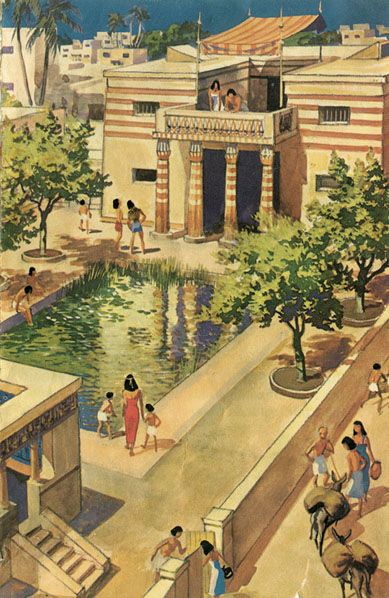
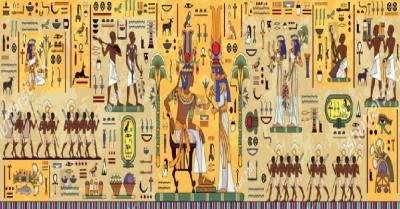
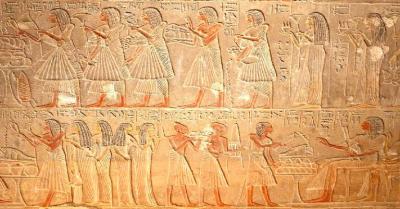
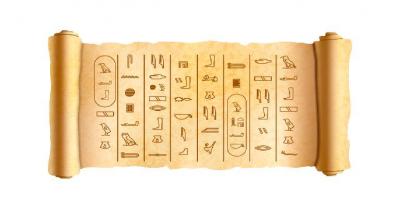

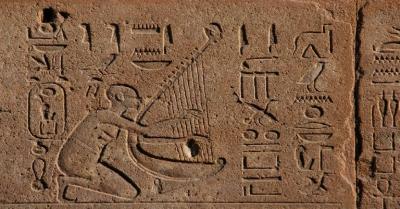

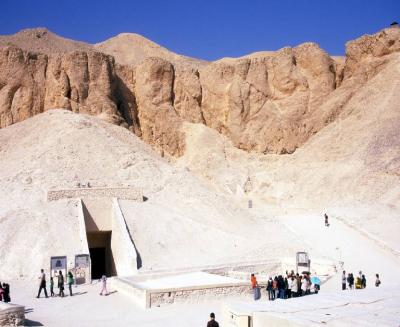
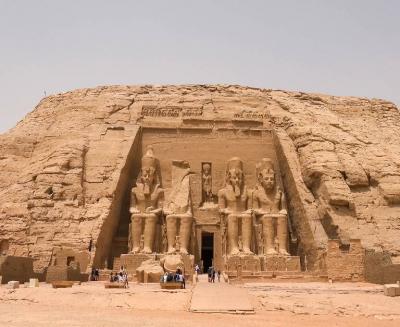
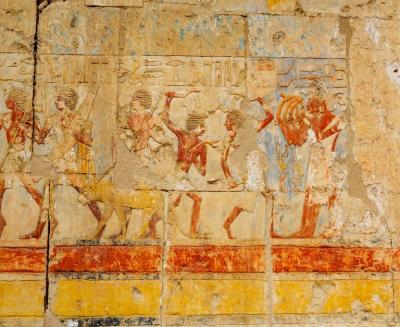
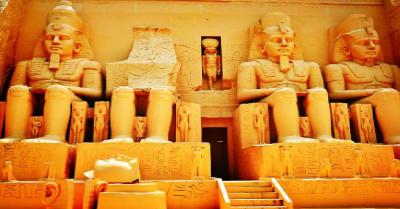
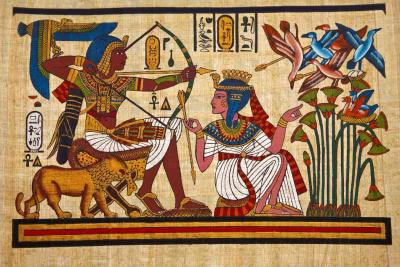
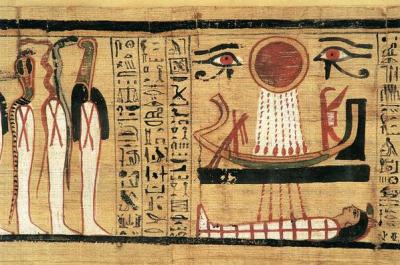
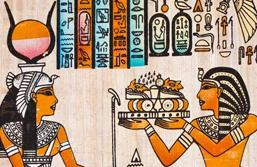
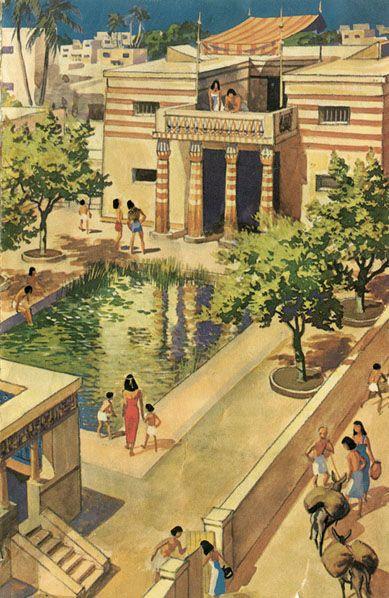





Comments